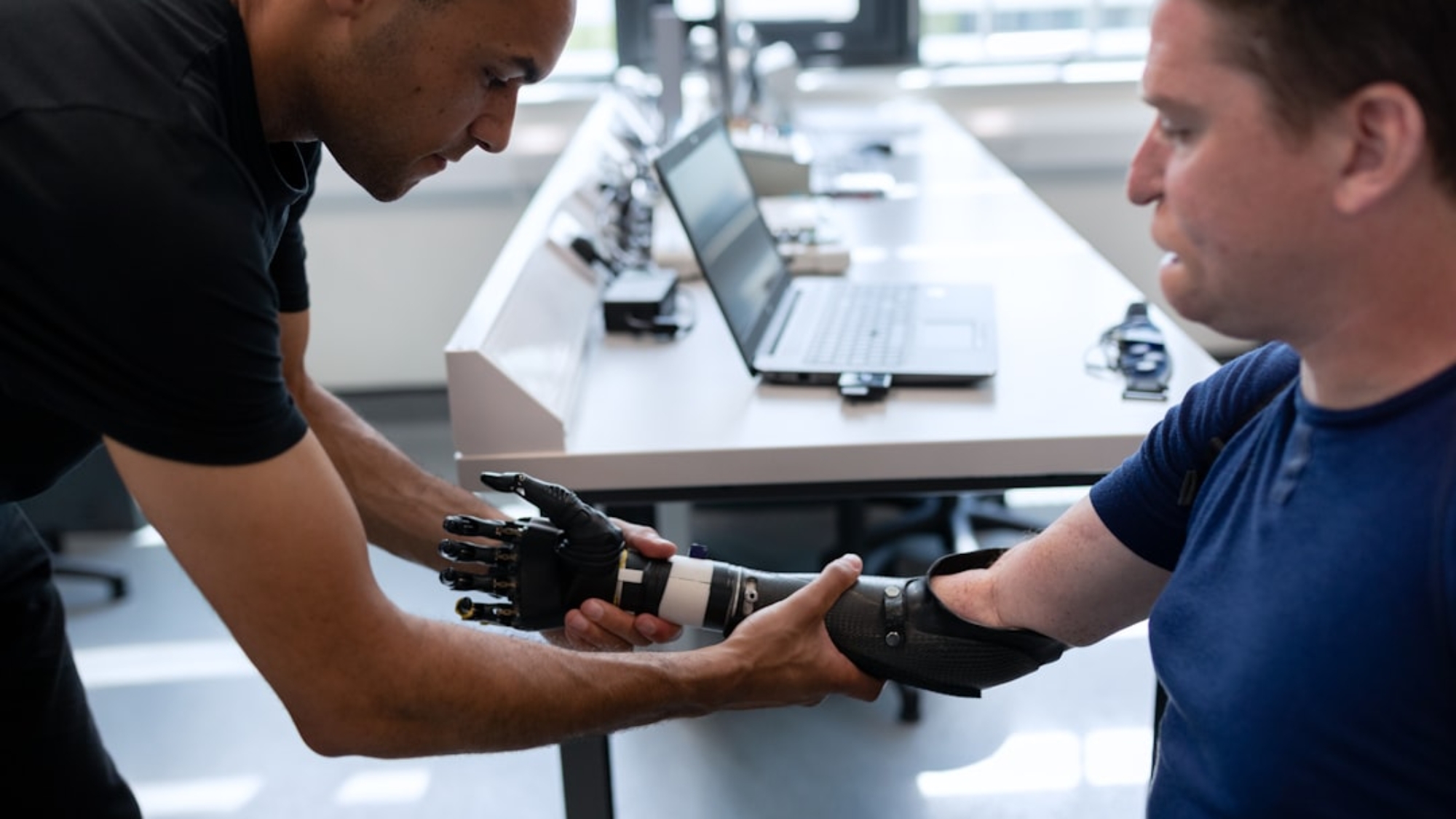In today’s world, sustainability has become a crucial aspect of our daily lives. With the increasing awareness of climate change and environmental degradation, it is essential for individuals and businesses to make sustainable choices to protect our planet. One such sustainable choice is repair. Repairing products instead of discarding them not only extends their lifespan but also reduces waste and conserves resources. Repair is a key strategy for environmental protection and should be prioritized by individuals and businesses alike.
Repairing Extends the Life of Products and Reduces Waste
Repairing products is a simple yet effective way to extend their lifespan. Instead of throwing away a broken item and buying a new one, repairing it can often restore its functionality and usefulness. This not only saves money but also reduces the amount of waste that ends up in landfills. By repairing products, we can reduce the demand for new products, which in turn reduces the need for raw materials and energy-intensive manufacturing processes.
Reducing waste is crucial for environmental protection. Landfills are already overflowing with discarded items, many of which could have been repaired and reused. When we repair products instead of throwing them away, we contribute to reducing the amount of waste that ends up in landfills. This not only helps to conserve valuable landfill space but also prevents harmful substances from leaching into the soil and water, reducing pollution and protecting ecosystems.
Reducing the Carbon Footprint of Manufacturing
Repairing products can have a significant impact on reducing the carbon footprint of manufacturing. When we repair products instead of buying new ones, we reduce the demand for new manufacturing processes. Manufacturing processes are often energy-intensive and emit greenhouse gases that contribute to climate change. By repairing products, we can reduce the need for new manufacturing, thereby reducing carbon emissions.
Manufacturing also requires the extraction of raw materials, which often involves destructive practices such as mining or deforestation. By repairing products, we can reduce the demand for raw materials, thereby conserving natural resources and protecting ecosystems. Additionally, the transportation of raw materials and finished products also contributes to carbon emissions. By repairing products locally, we can reduce the need for long-distance transportation, further reducing carbon emissions.
Lowering Energy Consumption and Emissions
Repairing products can significantly lower energy consumption and emissions. When we repair products instead of buying new ones, we eliminate the need for energy-intensive manufacturing processes. Manufacturing processes often require large amounts of energy, which is often generated from fossil fuels. By reducing the demand for new manufacturing, we can reduce energy consumption and the associated emissions.
Furthermore, repairing products also reduces the energy required for recycling or disposing of them. Recycling processes also require energy, and some materials are not easily recyclable. By repairing products, we can avoid the need for recycling or disposal altogether, further reducing energy consumption and emissions.
Conserving Natural Resources and Raw Materials
Repairing products is an effective way to conserve natural resources and raw materials. Many products are made from non-renewable resources such as fossil fuels or minerals. By repairing products instead of buying new ones, we reduce the demand for these resources, thereby conserving them for future generations.
Additionally, the extraction of raw materials often involves destructive practices such as mining or deforestation. These practices not only destroy ecosystems but also contribute to climate change through the release of greenhouse gases. By repairing products, we can reduce the demand for raw materials and minimize the environmental impact of their extraction.
Decreasing Landfill Waste and Pollution
Repairing products can have a significant impact on decreasing landfill waste and pollution. Landfills are already overflowing with discarded items that could have been repaired and reused. By repairing products instead of throwing them away, we can reduce the amount of waste that ends up in landfills.
When items decompose in landfills, they release harmful substances into the soil and water, polluting ecosystems and posing a threat to human health. By reducing the amount of waste in landfills through repair, we can minimize pollution and protect the environment.
Supporting Local Economies and Jobs
Repairing products not only benefits the environment but also supports local economies and jobs. When we repair products locally, we contribute to the growth of local businesses and create job opportunities. Repair shops, technicians, and other related services play a vital role in the repair economy.
By supporting local repair businesses, we can help create a sustainable and resilient local economy. This not only benefits individuals and communities but also reduces the need for long-distance transportation, thereby reducing carbon emissions.
Promoting a Circular Economy and Sustainable Development
Repairing products promotes a circular economy and sustainable development. A circular economy aims to minimize waste and maximize resource efficiency by keeping products and materials in use for as long as possible. Repair is a key component of a circular economy as it extends the lifespan of products and prevents them from becoming waste.
By promoting repair and encouraging individuals and businesses to prioritize repair over disposal, we can transition towards a more sustainable economic model. This shift towards a circular economy is essential for achieving sustainable development goals and ensuring a more equitable and environmentally friendly future.
Encouraging Responsible Consumption and Production
Repairing products encourages responsible consumption and production. In today’s consumerist society, there is often a culture of disposability, where products are quickly discarded in favor of newer models or trends. This culture of disposability contributes to excessive consumption, waste generation, and environmental degradation.
By repairing products instead of buying new ones, we challenge this culture of disposability and promote responsible consumption. Repairing products encourages us to value durability, quality, and longevity over short-term trends or convenience. It also encourages manufacturers to produce products that are repairable and built to last, thereby promoting responsible production.
Repair as a Key Strategy for Environmental Protection
In conclusion, repair is a key strategy for environmental protection. By repairing products instead of discarding them, we can extend their lifespan, reduce waste, lower energy consumption and emissions, conserve natural resources and raw materials, decrease landfill waste and pollution, support local economies and jobs, promote a circular economy and sustainable development, and encourage responsible consumption and production.
Repairing products is a simple yet powerful action that individuals and businesses can take to make a positive impact on the environment. It is essential for individuals to prioritize repair in their daily lives by seeking out repair services and learning basic repair skills. Businesses should also prioritize repair by designing products that are repairable and providing repair services to their customers.
By prioritizing repair as a key strategy for environmental protection, we can contribute to a more sustainable and resilient future for ourselves and future generations. It is time for us to embrace repair as a sustainable choice and take action to protect our planet.
FAQs
What is the article about?
The article is about the environmental benefits of choosing repair over replacement.
What is the difference between repair and replacement?
Repair involves fixing a broken or damaged item, while replacement involves getting rid of the broken item and buying a new one.
Why is repair better for the environment than replacement?
Repairing an item reduces the amount of waste that ends up in landfills and reduces the need for new resources to be extracted and used in the production of new items.
What are some examples of items that can be repaired instead of replaced?
Some examples include clothing, electronics, furniture, and appliances.
Is repair always the best option?
No, there are some cases where replacement may be the better option, such as when an item is beyond repair or when a more energy-efficient or environmentally-friendly replacement is available.
What are some other benefits of choosing repair over replacement?
In addition to being better for the environment, repair can also save money, preserve sentimental value, and support local businesses that offer repair services.


